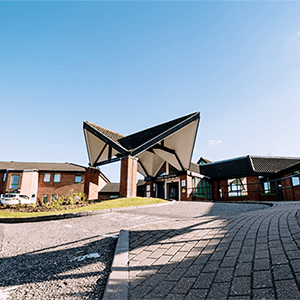Skin cancer symptoms are different for melanoma and non-melanoma skin cancer.
Symptoms of non-melanoma skin cancers:
Non-melanoma skin cancer most often develops on areas of skin that are regularly exposed to the sun, such as your face, ears, shoulders, upper chest and back, and hands.
The first sign of basal cell carcinomas and squamous cell carcinomas is usually the appearance of a red and firm lump that may turn into an ulcer or a discoloured and scaly skin patch that does not heal within a few weeks and slowly progresses over time.
More specifically, a basal cell carcinoma usually appears as a small and pearly lump with a waxy appearance that slowly gets bigger, may become crusty, bleed, or develop into a painless ulcer. It can also look like a red, scaly patch with some brown or black pigment within.
A squamous cell carcinoma appears as a firm pink lump with a crusted and scaly surface that may feel tender, bleed sometimes, and develop into an ulcer.
Symptoms of melanoma skin cancers:
Melanoma skin cancers can appear anywhere on your body but are less common in areas that are protected from sun exposure.
The most common melanoma skin cancer symptoms are a change in an existing mole or the development of a new pigmented or unusual-looking mole-like growth on your skin.
Most melanoma moles have an irregular shape and are more than one colour. They may be larger than normal and itchy or bleed.
You should keep an eye on suspected melanoma moles. They gradually change shape, size or colour and need treatment as soon as possible.














